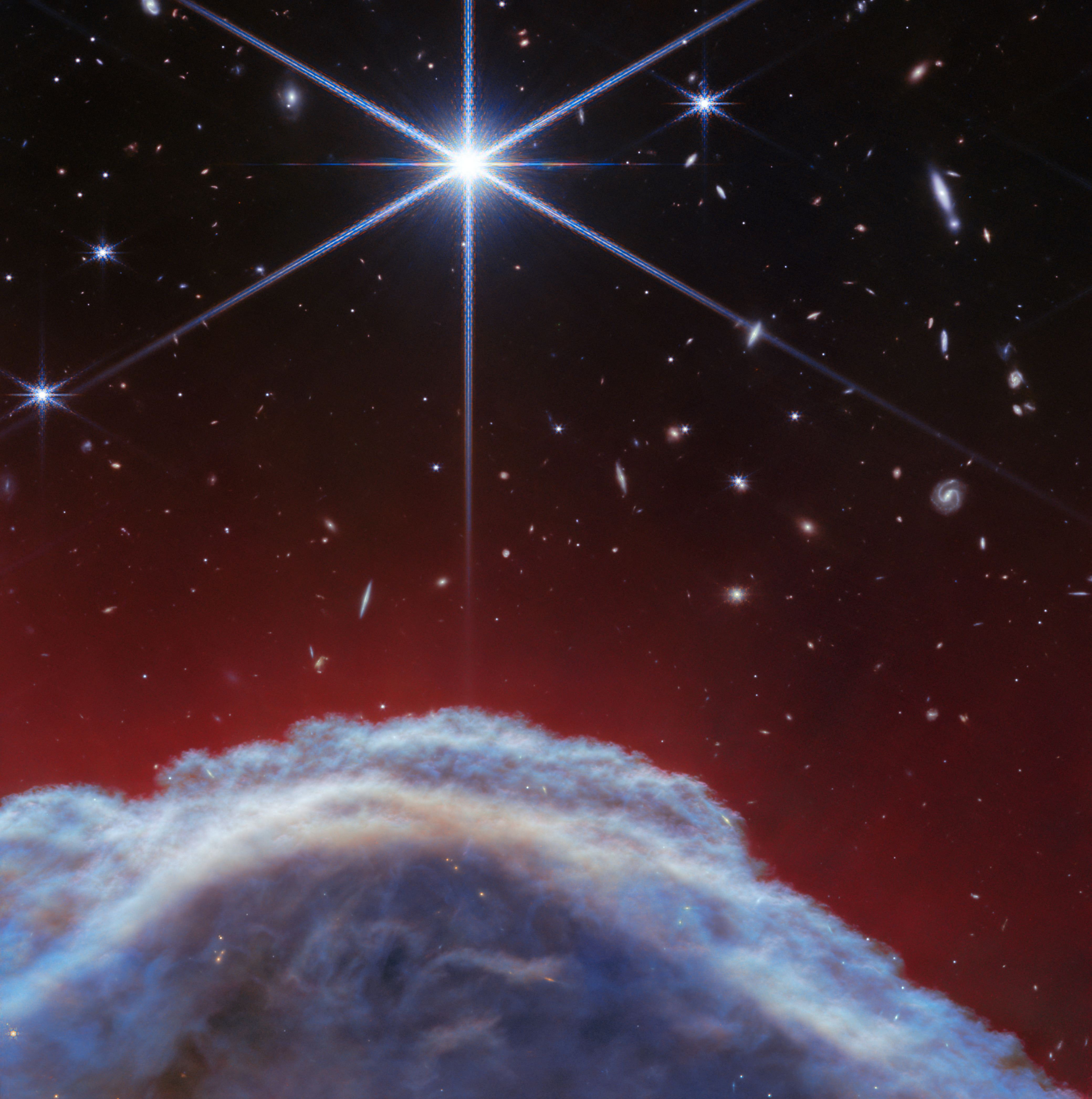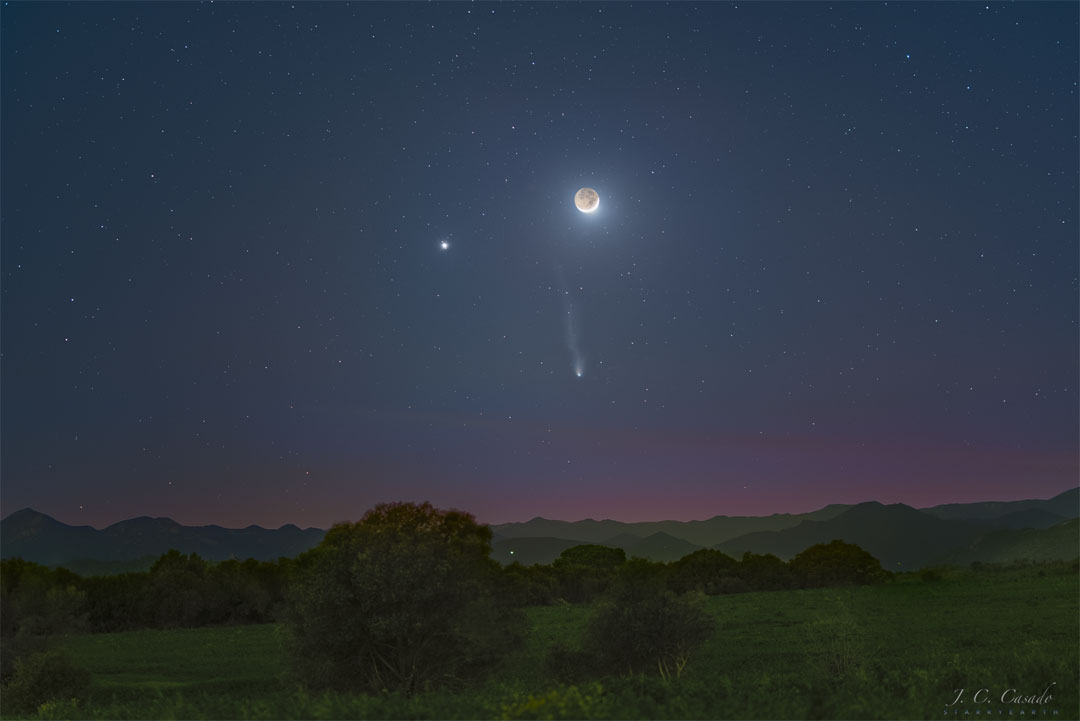
Rising from turbulent waves of dust and gas is the Horsehead Nebula, otherwise known as Barnard 33, which resides roughly 1,300 light-years away. The NASA/ESA/CSA James Webb Space Telescope has captured the sharpest infrared images to date of one of the most distinctive objects in our skies, the Horsehead Nebula. Webb’s new view focuses on the illuminated edge of the top of the nebula’s distinctive dust and gas structure. via NASA https://ift.tt/jc0afG6

